I have a thing for small cameras. Well, really, I have a thing for cameras in general – but in particular, I’m sort of always on the lookout for a truly excellent compact camera. And by compact, I mean something you can always carry with you, with little to no second thought or feeling of encumbrance. And not carry with you like in a messenger bag, or a coat pocket, but in the front pocket of your jeans – or pair of sweat pants or gym shorts, if it comes to that! Few cameras meet these dimensional requirements, and fewer still offer a level of creative control that I’m happy with, or a shooting experience that is fulfilling in any way. These are tough cameras to get right, as there are inevitable design compromises to be made when such extreme compactness is prioritized. And, given the ubiquity of the smartphone (i.e., the increasingly capable pocket-sized “camera” that everyone has on their person at nearly all times), we’re unlikely to see any more serious development in the already niche market that was über-compact, full-function dedicated cameras.
History
Enter the Leica C (Typ 112). Why Leica decided to style this camera the C when it was released in 2013, rather than a numbered C-Lux model like the camera it replaced (C-Lux 3), as well as the camera it was subsequently replaced by (just C-Lux, no number), we’ll never know. And, even though all modern Leicas that I know of have a “Typ” number in addition to their model designation, only certain cameras are specifically marketed by Leica with the inclusion of the Typ number into the model name. There is no rhyme or reason that I can discern, it’s just one of those things – frankly, Leica has not been the most consistent camera manufacturer in terms of nomenclature over the years. Thus, we have the somewhat clumsy name of Leica C (Typ 112), rather than simply C, or more logically C-Lux 4. I’ll be referring to it as the C from here on out.
The elephant in the room, of course, is that this camera is no Leica at all – but rather a re-badged Panasonic, the Lumix DMC-LF1. That’s quite true, but misses the main point of this review, which is to talk about the experience of using the camera. It should all mostly apply to the LF1, save for the aesthetics and perhaps build quality and materials (I’ve not personally handled an LF1). As to why one might pay 40% more for the Leica version when new (besides the previously mentioned aesthetics), the Leica version came bundled with a copy of Lightroom that nearly covered the difference in cost, but don’t underestimate resale value when it comes to anything bearing the Red Dot – while the LF1 has decreased in value, the C is still being stubbornly sold at like-new prices, and if anything is going up in value. Go figure. In terms of up front cost, the LF1 is certainly the smarter buy, but even today you could probably pick up a C and offload it for about what you paid for it.
Design
The Leica C is a tiny camera. Narrower and shorter than my iPhone 13 mini – not as thin, to be sure, but with its retractable lens it still manages to be exceptionally slim (certainly slimmer than any 35mm film camera could possibly be), and with its very light weight of 195 grams (battery inclusive), it is able to melt into any pocket. At launch, what set the C apart (and what makes it a discerning photographer’s choice in a sea of generic digital compacts) was not only its small size, but that it utilized an actual, working electronic viewfinder (EVF). The body was farmed out to Audi Design, and is a handsome, rangefinder-esque affair, with rounded corners reminiscent of Leica’s venerable M line. You wouldn’t be entirely wrong to criticize Leica’s rebadging of Panasonic cameras as shameless marketeering, but damn if these camera’s don’t look (and surely feel) better than their more pedestrian counterparts – that’s worth something, in my opinion. Color choices were (sort of oddly) limited to Light Gold and Dark Red, and you could imagine this camera was meant to live in some rich lady’s purse – it still looks pretty good, in spite of this. Like all cameras, it would probably look even better and more purposeful in black, but alas, it wasn’t to be (on the red version, much of the camera is actually sort of a graphite-gray, with the red limited to the top plate and the control ring around the lens – the gold camera substitutes a creamy off-white as its secondary color).
Digital Stuff
Because this is a digital camera, we need to talk about the sensor, at least. It’s a 12.1 megapixel, 1/1.7″ MOS sensor, which is fairly small and around the size of what you might find in newer smartphones and entry-level drones, but it was a competitive size for a compact camera in 2013. I don’t want to argue about whether or not this is “good enough,” as that is totally dependent on use case and user expectations – suffice it to say that this camera is not capable (nor intended) for professional use. For me, 12 megapixels is around the minimum of what I want to be working with, and I’m happier with 16+, but megapixels aren’t everything, and I remain consistently impressed (and pleasantly surprised) by my results with this camera.
Because the Leica C is a digital camera, I could also go on and on about loads of eye-glazing specifications and features (or lack thereof) that the unwashed masses will try to convince you are important. But the truth is this – I don’t care. For the way I shoot, I’ve never needed more than one autofocus point. The ability to capture multiple frames per second is of no interest to me. I don’t demand (or even want) my still cameras to be video cameras, and honestly even thinking about frame rates (or whatever else video people care about) bores and confuses me. And, for the love of God, I do not want a flimsy, cheap-feeling, articulated LCD screen so that I can “shoot low,” or make selfies, or take creepy discrete candids of strangers on the subway. Frankly, cameras have long been over-specified, far beyond the needs (or abilities – flame suit on) of the average user. /rant.
Operation:
The Lens
The Leica C lens is a “Leica” Vario-Summicron, with a focal length equivalent to an impressive 28-200mm, with a maximum aperture of f/2-5.9. This is quite slow on the long end, but the lens is optically stabilized, so it is mitigated somewhat. For the way I work, I would have preferred something like 28-70mm with a fast constant aperture, but I also get the argument that a humble 2.5x zoom range is perhaps better approximated by a good prime lens and a pair of legs.
Surrounding the lens is what Leica calls a “control ring,” which is nicely knurled and clicked and is used mainly for aperture selection, but supports some customization as well (can’t be asked, sorry).
The lens does offer a handy macro function, with a close focus distance of only 3 cm. The magnification ratio is unpublished, but I’m guessing it’s not quite a 1:1 – still, it’s very good for a pocket camera.
Focus is of course automated, and seems reasonably fast and accurate. Again, I am not the most demanding of my cameras when it comes to autofocus – I don’t need anything with subject tracking, or recognition of eyes and faces, or hundreds of focus points for the CPU to analyze and evaluate. The autofocus on this camera just gets the job done, plain and simple, without hunting or making too much noise. ‘Nuff said. You can enable manual focus as well, which is done via the control ring and which brings up a distance indicator in the viewfinder, but would you want to, really? I sure don’t.
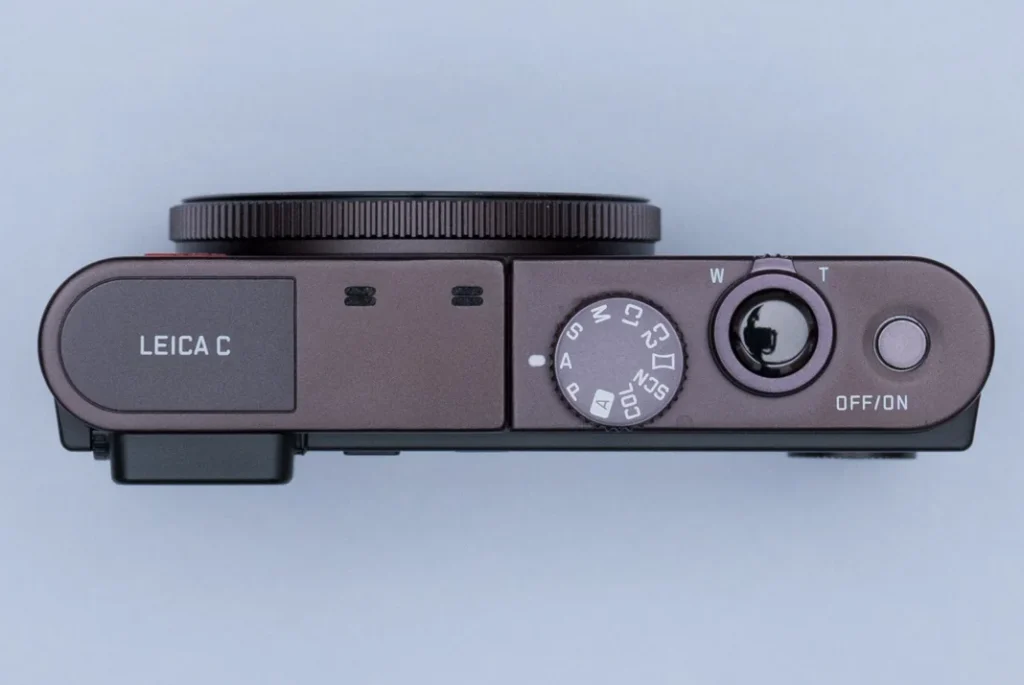
Photo by OHSOCULT Film Compacts & used with permission.
Top Plate
The Leica C top plate feels like metal, or a reasonable facsimile thereof. On the front part of the camera, it wears a Leica “Red Dot” badge and houses a small flash, as well as an autofocus-assist lamp (a feature I promptly disable on every camera I own).
Up top, from left to right, we have the following:
- A Wi-Fi antenna, right beneath the Leica C script. I guess this is to connect to your phone or maybe a printer or something. Who knows? I can’t be bothered with features like this. I would rather have had a GPS antenna for geotagging, as I find most of the wireless features generally only support transfer of jpegs, and I’m a ride-or-die RAW shooter (Rockwell be damned).
- A pair of microphones, for God knows what purpose.
- A traditional PASM dial. Mine is practically glued to aperture priority, thank-you-very-much. There are loads of special “Scene” and “Creative Control” modes which do certain things as well as a couple of “custom” positions which allow you to customize certain other things – no surprises here.
- A shutter release. This feels good enough, nicely responsive without being too eager. There is a clear “half-press” position, to which you can assign both Auto-Exposure and Auto-Focus locks, which is my preference. There is a toggle switch surrounding the shutter release to control the zoom.
- A power switch. Start-up is pretty speedy, and if you power on when you remove the camera from your pocket, it is ready to shoot by the time you get it to your eye to frame up a shot.
Back
Man, there are a lot of buttons back here. The ones I mainly care about:
- LVF – This toggles the display between the rear LCD and the electronic viewfinder. The way I work with any digital camera is to send the image signal to the EVF 99% of the time. I essentially only use the rear LCD for menu diving, which I try to keep to a minimum anyway. A nice touch on this camera is that it remembers your preferences, which seems like a no-brainer but is actually not that common – there are plenty of digicams which force you to select the EVF every single time you turn on the camera, which becomes a lot of extra button presses over time.
- And a Control Dial with a central MENU/SET button surrounded by a 4-way D-pad. This is of course crucial for menu navigation, but while shooting I find it most useful for exposure compensation, which can be set to ± 2 EV in 1/3 EV increments. The D-pad can also be used to quickly access focus, drive, and flash modes.
There’s also a 3″ LCD screen, which is a pretty standard size, even these days. The resolution of the display is not great by modern standards, but I literally only use this for menu navigation, so it’s way more than good enough.
There are 3 sort-of vertical line indentations in place of a proper thumb grip (which I believe the LF1 has). This arrangement seems to work fine. I can’t tell if it’s because the 3 lines are actually functional as a grip, or if a grip just isn’t necessary on such a lightweight camera, but you shouldn’t worry about it. I do think the 3 lines probably provide some degree of positive control.
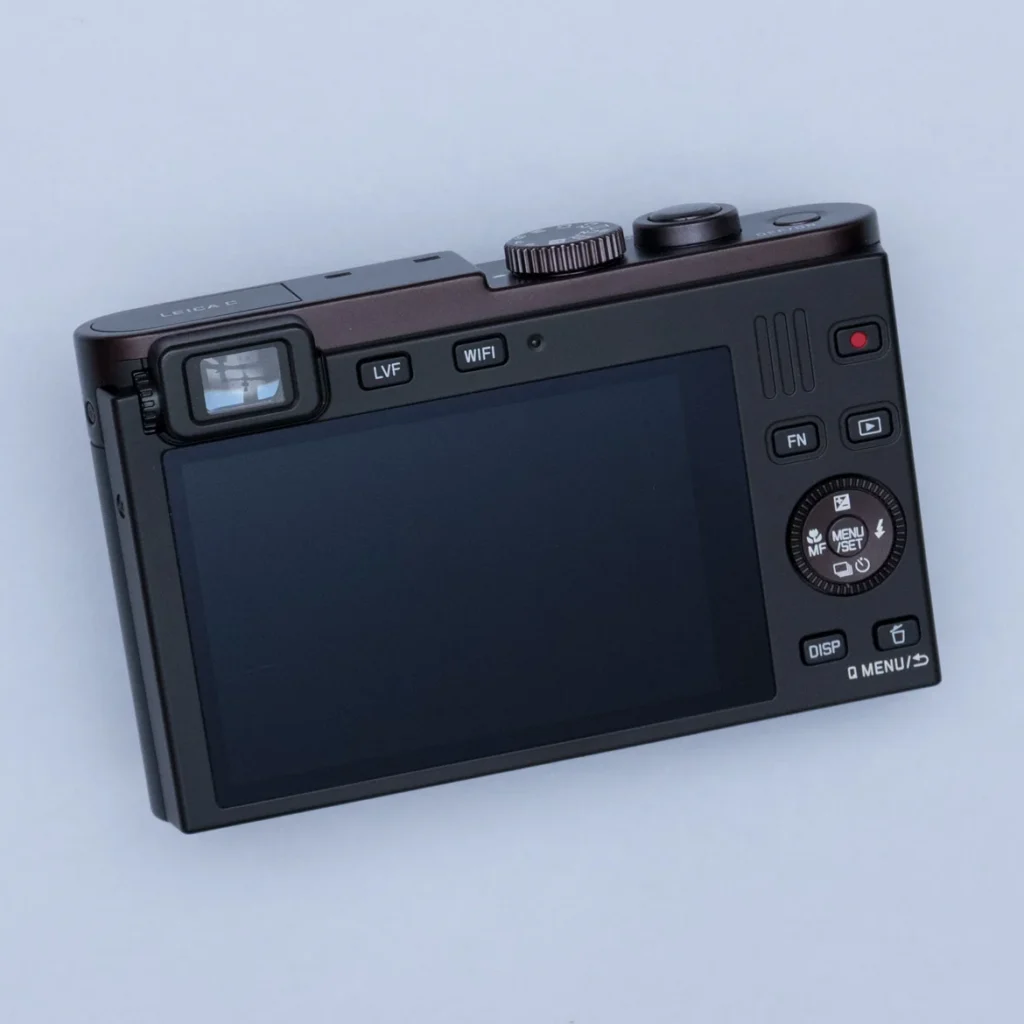
Photo by OHSOCULT Film Compacts & used with permission.
The Viewfinder
The killer app of this camera. When the Leica C was released, it was a big deal to have an electronic viewfinder in a camera this small, which was one of my main attractions to it.
I still vividly remember my first experience with an electronic viewfinder. It was circa 2003, and I was sitting in one of my photojournalism classes in college. My professor had a Fujifilm bridge camera that he was showing off – admittedly, in these days any digital camera seemed a bit like magic – and he gave us each a turn handling the camera. It was the first time I had ever seen an electronic viewfinder, and I had a visceral reaction against it. The image was pixelated, the refresh rate was horrible and laggy, and it felt like that little machine was trying to suck my soul out through my eye. I couldn’t imagine anyone willingly working with the thing over a traditional optical finder, and I basically wrote off electronic viewfinders for nearly two decades.
Well, it turns out things got better. A good EVF is a revelation, and I’ve been wholly converted by the high quality EyeRes finders in the Leica CL and SL (Typ 601). I’m told the SL2 finder is even better.
All it really took was for technology to improve to the point that the resolution and refresh rates of the electronic finder panels were no longer a hindrance and distraction, and instead we could focus on their real benefit – WYSIWYG, or what-you-see-is-what-you-get. That is, you can see your final image in real time, including your exposure compensation adjustments, before you even release the shutter. It feels almost like cheating.
Anyway, back to the Leica C. The EVF is primitive compared to the EyeRes finders mentioned above. But it is worlds ahead of that Fujifilm I experienced in 2003. A lot of critics will nitpick about the resolution of the C‘s finder, and it’s true that it’s not great (especially on paper), but I’m here to tell you that it’s perfectly useable. I don’t find it to be pixelated, although it is definitely not as life-like as more modern finders. Most egregious is it’s poor magnification of 0.46x, which results in a somewhat tunnel-like view, but which I also find acceptable in a camera like this. I think that the experience of framing my composition through a viewfinder is a big part of what makes a camera feel like a camera, and why I prefer shooting with the Leica C over any smartphone. In short, even though the finder is not great, it is totally useable and remains a big part of this camera’s attraction – I’ve used it 100% of the time.
Field Notes
I think I’ve impressed upon you just how small the Leica C is. And while I readily admit that neither the ergonomics nor image quality match my best full-size cameras, this camera has managed to go places those others haven’t. This is the camera I put in my pocket when I have little-to-no expectation of taking a picture, yet I don’t want to be totally unprepared. It’s small enough that if I never end up using it I have no real qualms about carrying it, but it’s capable enough that if I need it I hardly regret not bringing a better camera. When I look at the pictures taken with it, I do think I could’ve maybe achieved technically better results with a better camera, but on the other hand these are generally pictures I never would’ve taken otherwise – I simply wouldn’t have been carrying a larger camera in the same circumstances.
In use, it handles like a typical compact point-and-shoot camera. Which is to say, not great, but not terrible. The finder is sort of like one from a very basic, entry-level viewfinder (film) camera, albeit one that offers a live exposure preview and much more detailed shooting information. The control ring mimics a real aperture ring well enough, certainly much more than a thumb wheel would, and it promotes carrying the camera in a traditional two-handed way, with the left hand cradling the camera by the lens.
Conclusion
So, is the Leica C worth it, over a decade since its release? Every year, as technology marches on, compact cameras like this become a tougher and tougher sell against smartphones, with built-in cameras that have closed the specification gap, and even begun to pull ahead. As a back-up camera for those times when you want to carry as little as possible, the C acquits itself well, but those are also the circumstances where a smartphone camera theoretically shines – and, let’s face it, no matter how light you travel, you’re likely to always have your phone on you.
But here’s the simple truth: a smartphone isn’t a camera. At least, it isn’t primarily so. So if you’re the type of person who enjoys the process of taking pictures – framing up with a finder, the tactile feedback of physical buttons and dials – the C at least scratches that itch. And I need that, to get in the right headspace for photography. Not to mention, don’t we already give our phones too much of our precious time and attention? I personally want to spend some time away from my phone and off the leash when possible, most especially when I’m out shooting.
Still, it’s hard to enthusiastically recommend an older digital camera like this. Will it stand the test of time, in the way that classic film cameras have? I struggle to think of a smaller, lighter, more easy-to-carry camera, never mind one with a viewfinder and physical aperture control ring. And it looks pretty good. But…I don’t know. Maybe it’s just the way we’ve been conditioned to think of digital cameras as disposable objects that become obsolete with each generational update. Or maybe it’s just the wrong age – there is a definite point in time when an object’s desirability bottoms out, and it just feels dated and passé, at least until it becomes cool again (you know, 10-15 years from now, when image resolution is measured in gigapixels and “classic early-2010s rendering” becomes a fad).
I struggle with whether or not to keep this thing. My camera collection has ballooned recently, and it’s just not getting used as much, especially as I’ve begun to lean harder on film cameras in the compact carry role. I’m also trying to be better about just carrying my nicer cameras more regularly, which would eliminate the purpose of the Leica C for me. Yet, it has never really let me down. Here are some shots with the Leica C (Typ 112).
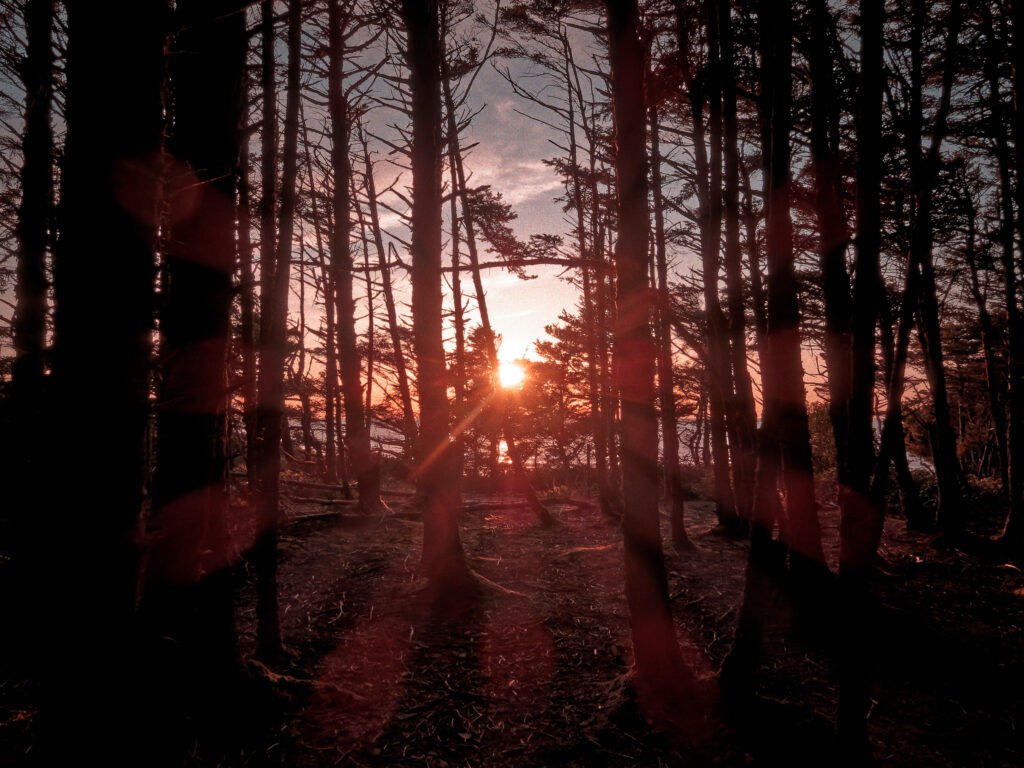
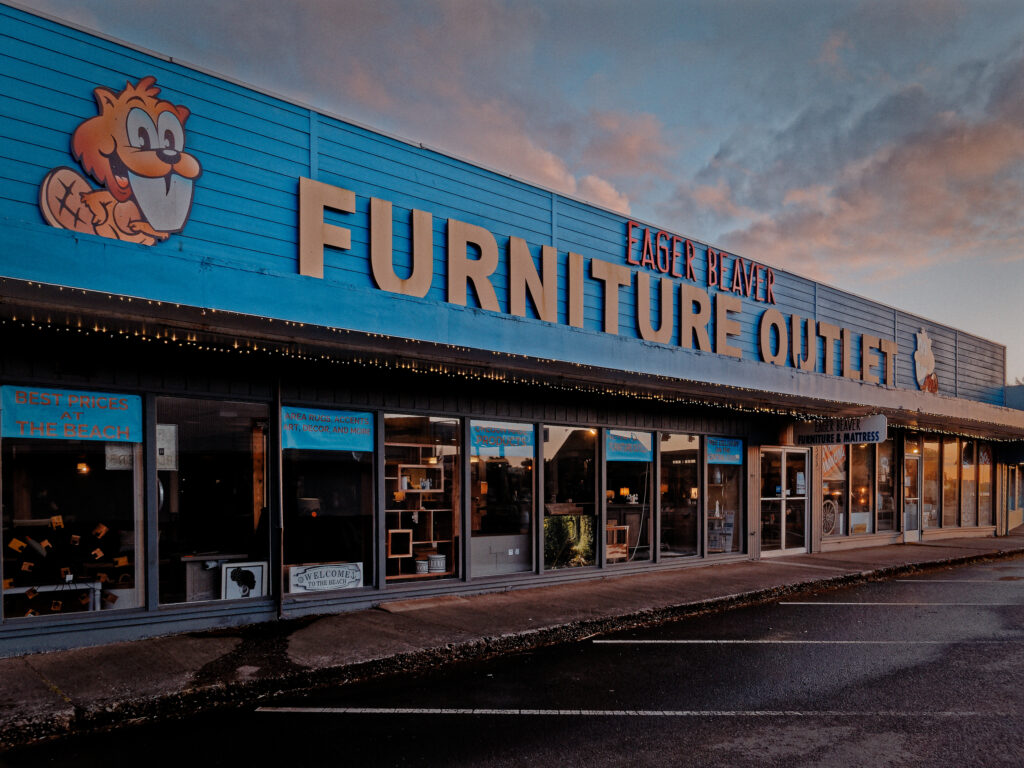
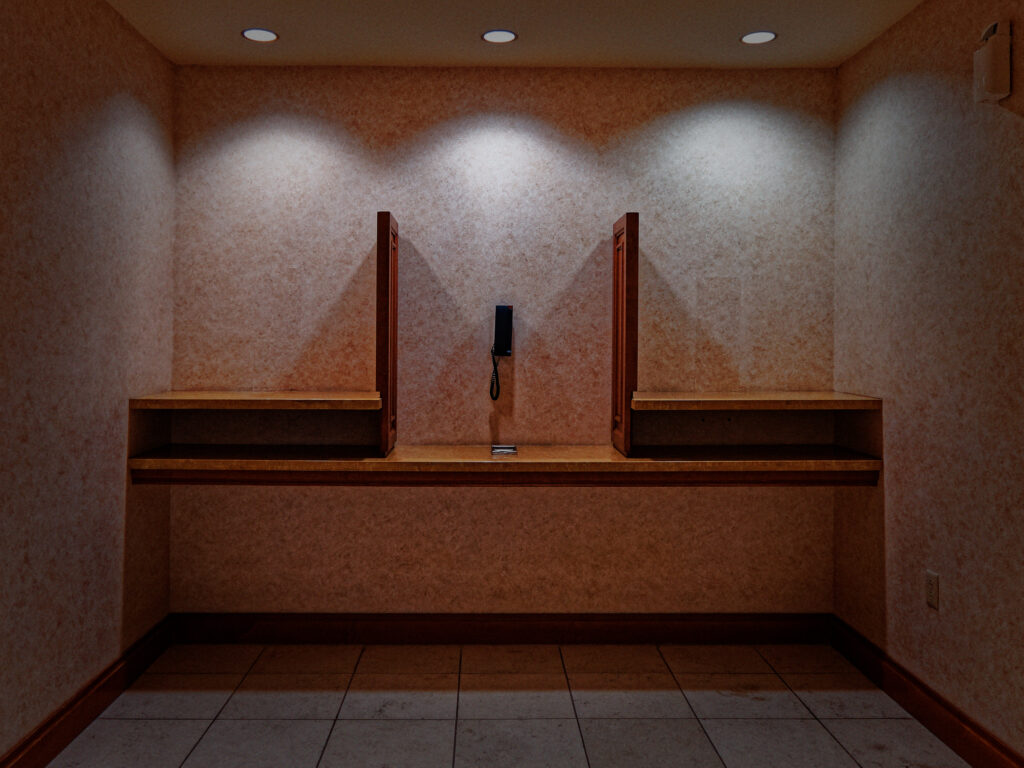
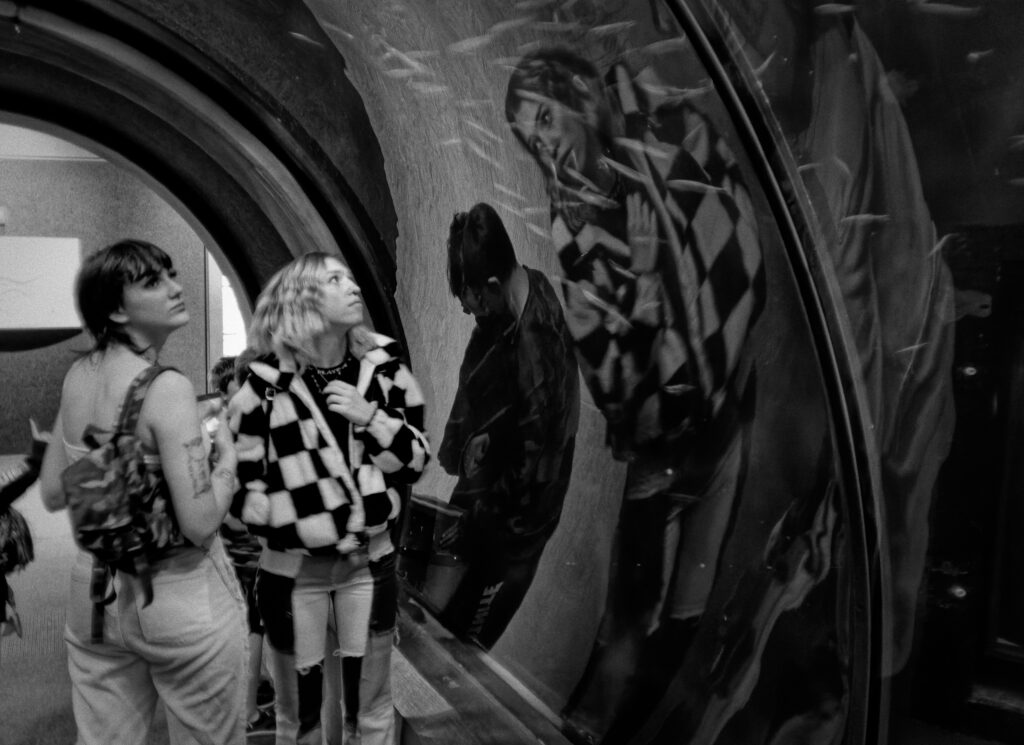
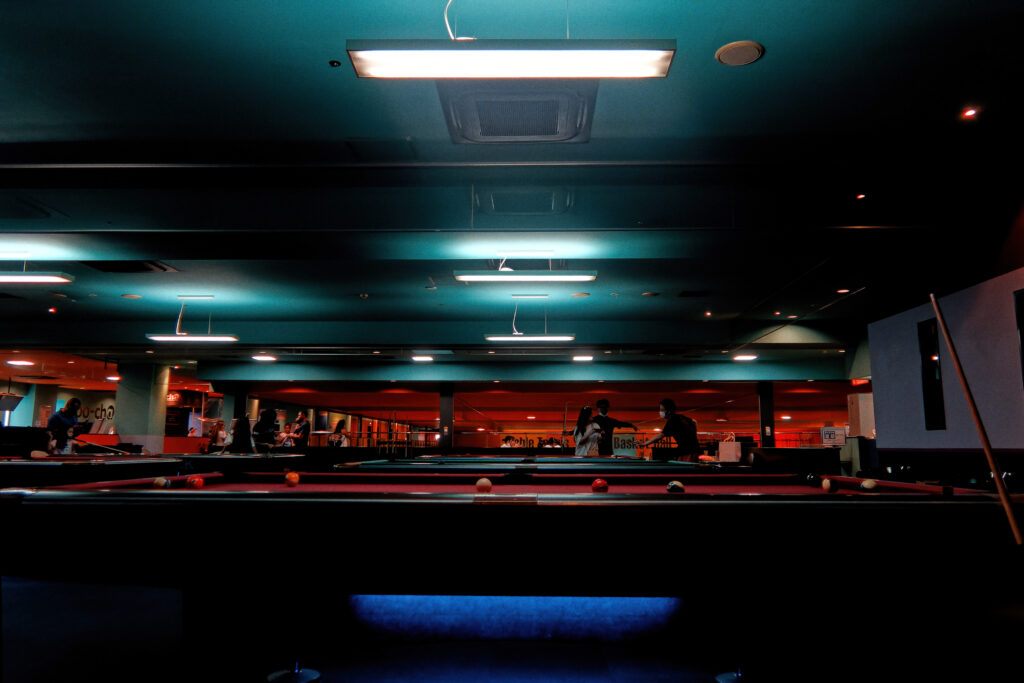
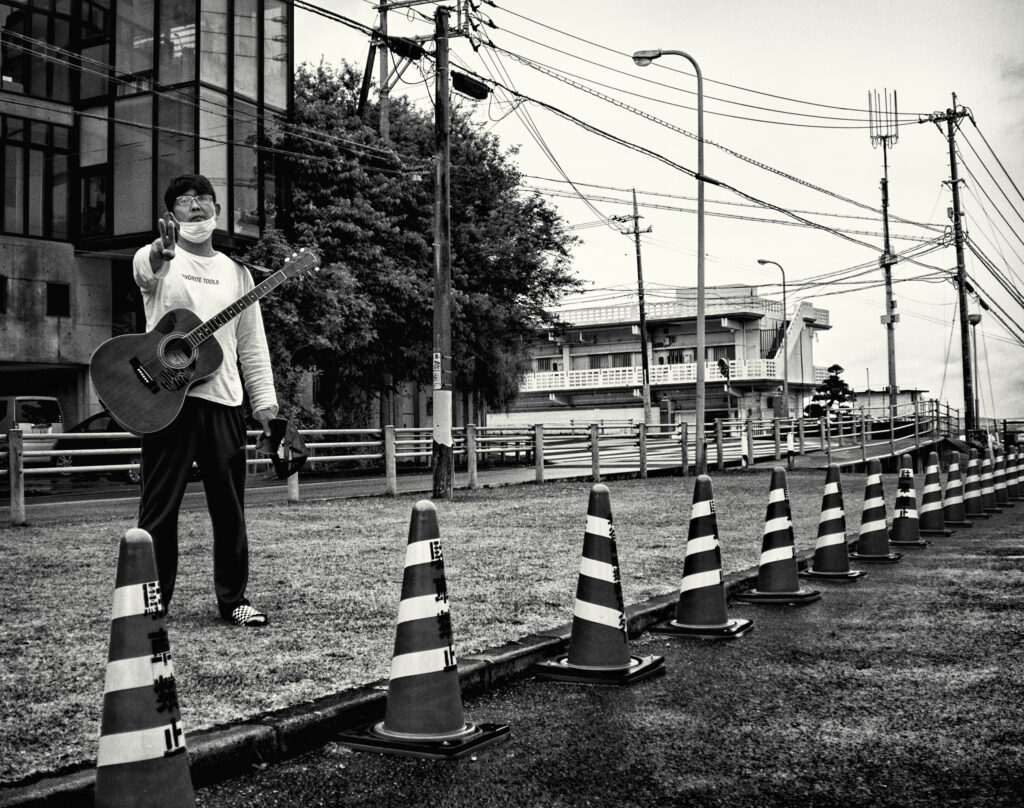
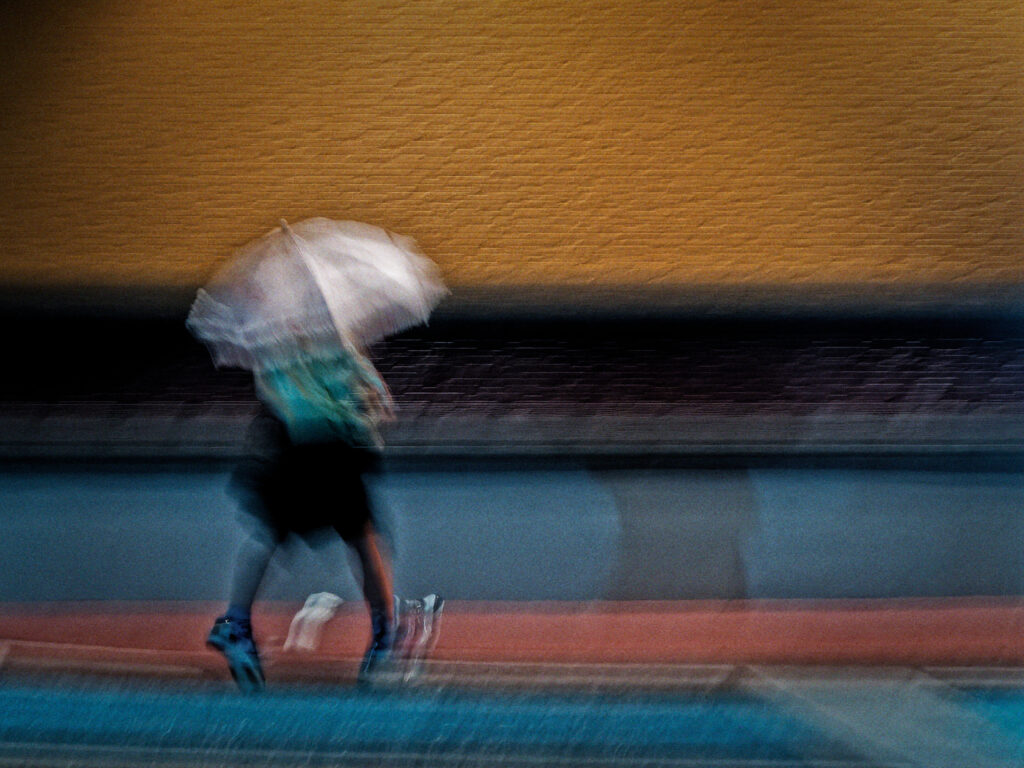
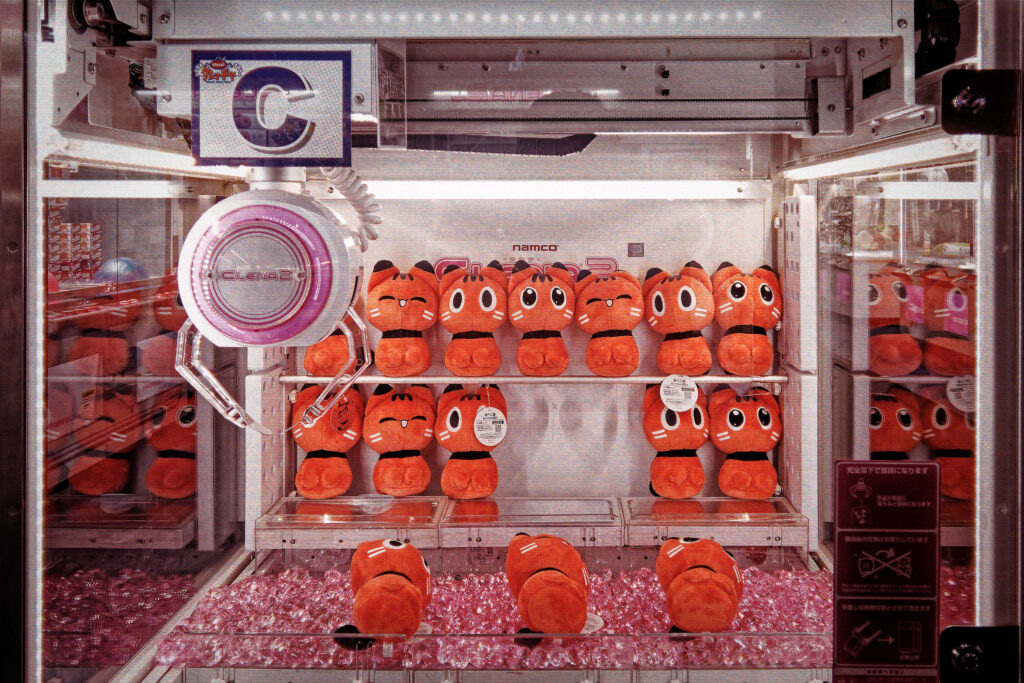
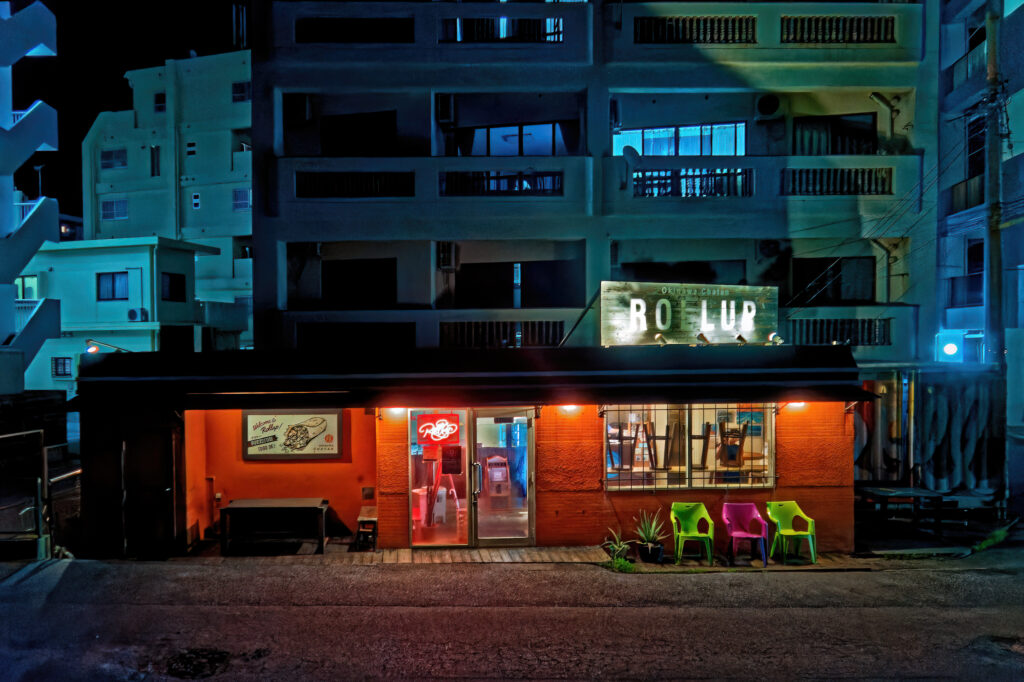
Update
This article was initially written a year or more ago, and I eventually sold the camera along with the rest of my digital Leica gear – a story for another time, perhaps. I sat on the article for a while mainly because I neglected to take any photos of the camera before I sold it. After a web image search, I reached out to OHSOCULT Film Compacts, who generously agreed to allow use of their images for this article, as they are readers of 35mmc themselves. I have no connection to them otherwise. Please consider browsing their inventory next time you’re in the market for a new-to-you camera.
this/is/grain_frame | bio.site/grain_frame
All work managed under a Creative Commons license (CC BY-NC-ND) except camera photos as noted above
Share this post:
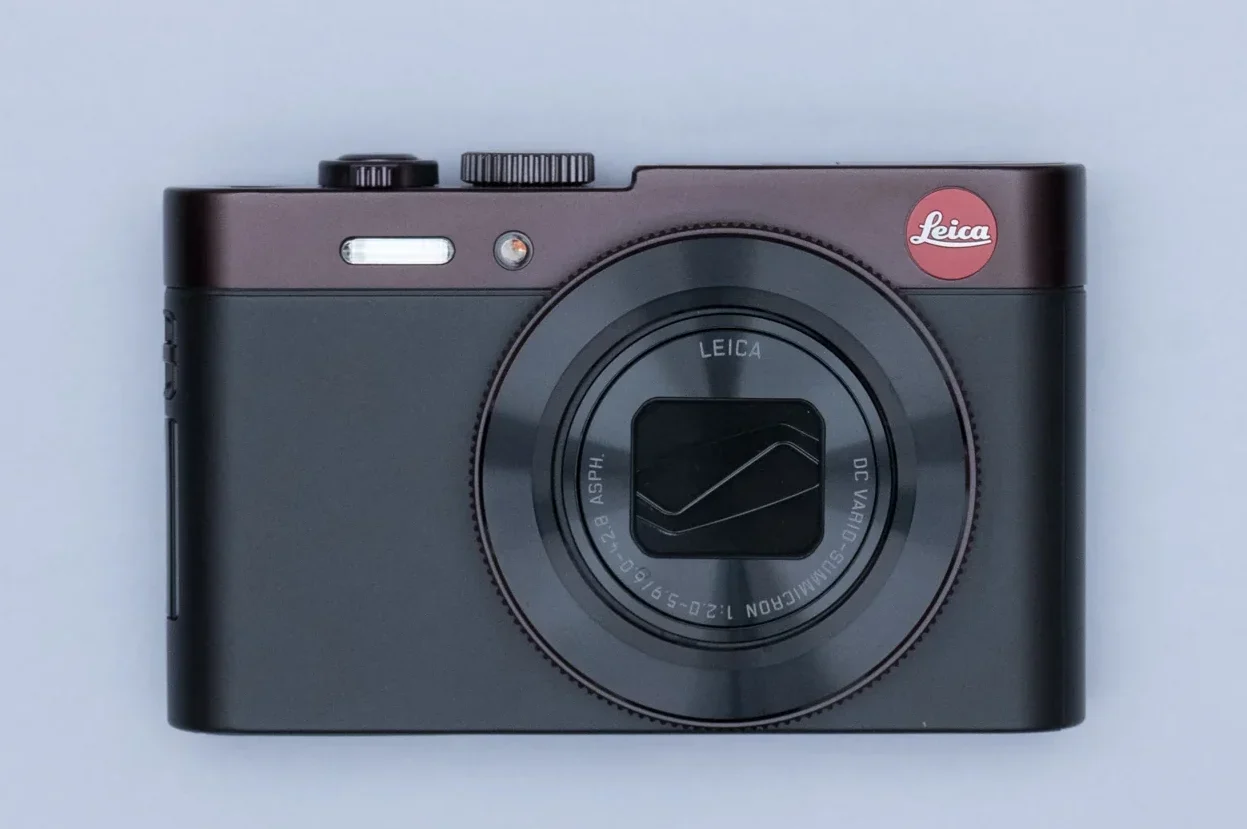
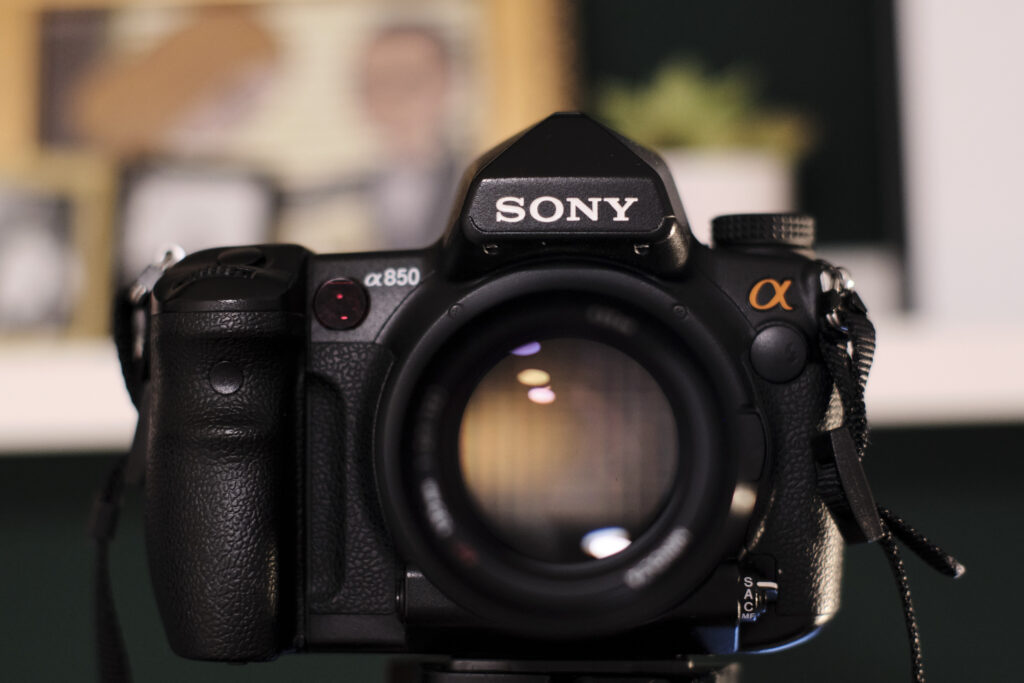
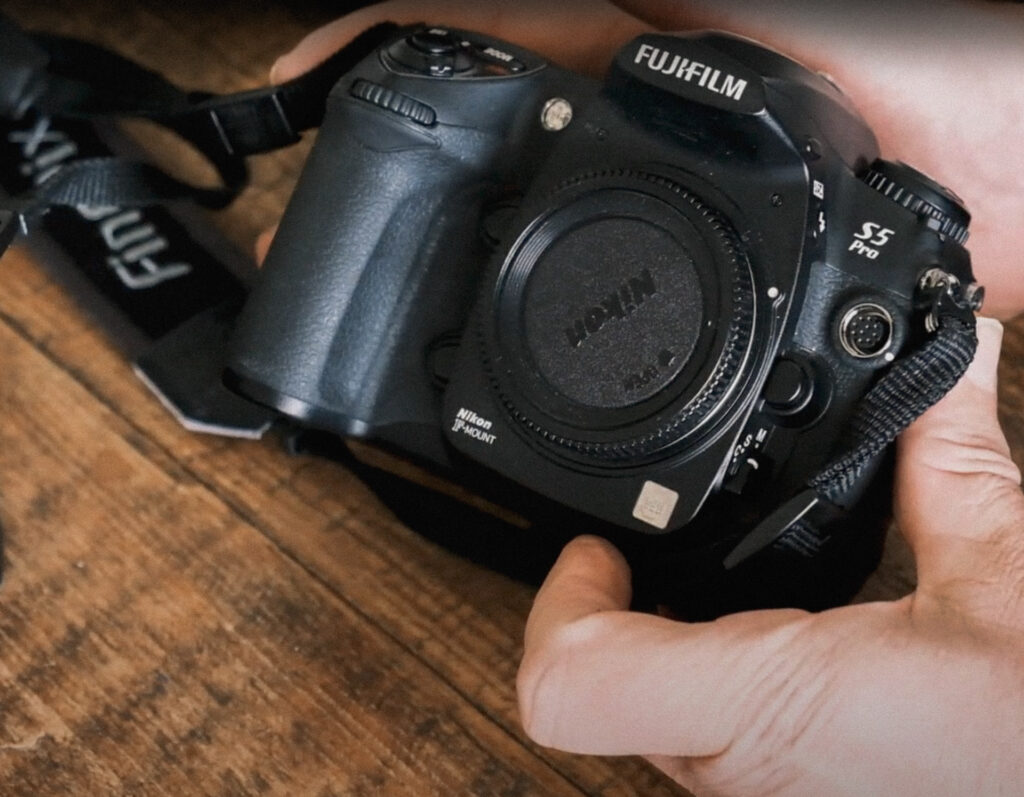
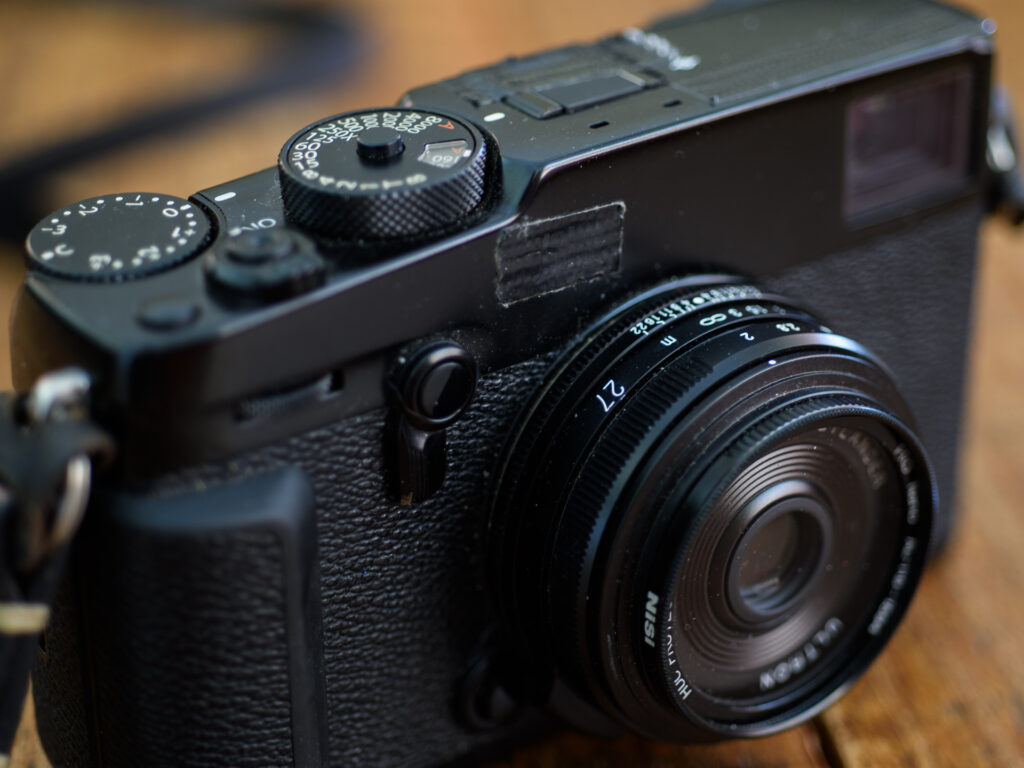
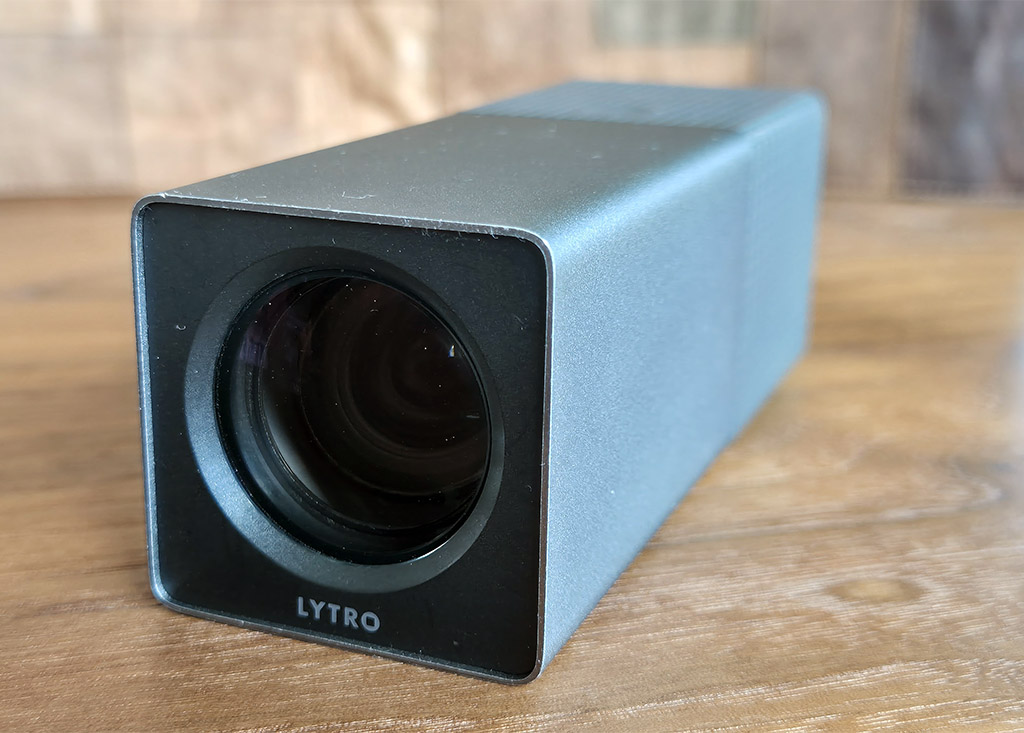




Comments
mike tynan on Leica C (Typ 112) – A Capable Compact (by Panasonic)
Comment posted: 29/04/2024
Comment posted: 29/04/2024
Jared Gerlach on Leica C (Typ 112) – A Capable Compact (by Panasonic)
Comment posted: 29/04/2024
I have had my 'pedestrian' version (plebe version?) DMC-LF1 for exactly a decade now. I still prefer using it over my phone any day. I simply cannot stand the experience of using a phone for 'real' photography. A couple of things that make the Leica-C and it's Panasonic counterpart stand out to me are the ability to record RAW files and the ability to switch off the lens corrections when processing said files. This gives a very near fisheye effect on the wide end of the lens since there is soooooo much barrel distortion that needs to be corrected digitally. It can be both useful and fun.
My writeup on the DMC-LF1, "My Very Portable Panasonic", is here: https://www.jaredgerlach.com/In-Focus-Archive/In-Focus-2023
Here's a couple of images I've made with this very capable little camera:
https://www.flickr.com/photos/189825526@N08/53585132182/
https://www.flickr.com/photos/189825526@N08/51572458220/
Jared
Gary Smith on Leica C (Typ 112) – A Capable Compact (by Panasonic)
Comment posted: 29/04/2024
Comment posted: 29/04/2024
Comment posted: 29/04/2024